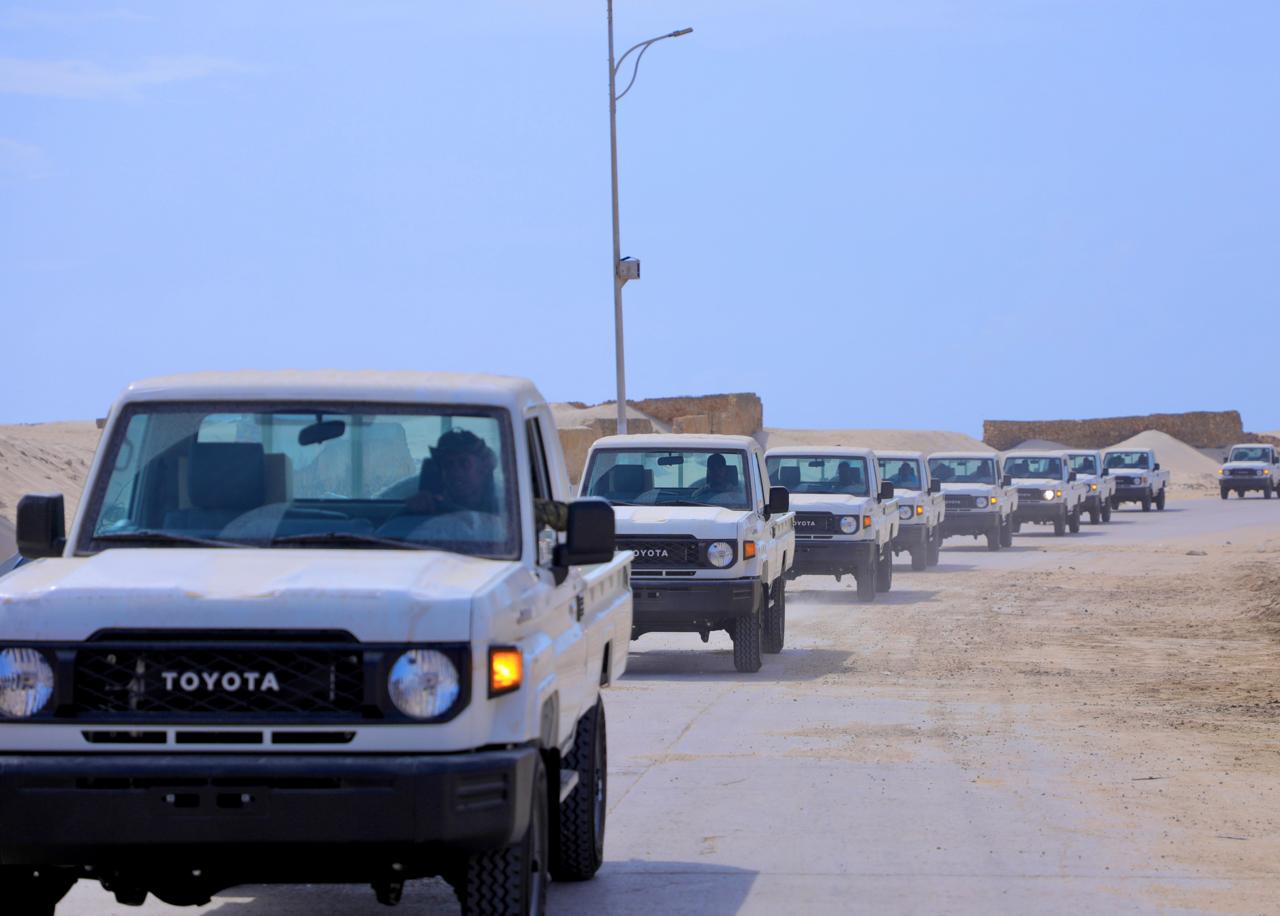Nairobi — Kenya’s fight for food security may have just gone ‘Old School’ as Egerton University dons win a grant to help bring back a pre-colonial delicacy that was gradually sliding its way off consumers’ plates.
Their project, dubbed ‘Exploring Potential of Togotia (Erucastrum arabicum), a forgotten African leafy vegetable for nutritional security and climate adaptation in Kenya,’ won the grant in October last year in a bid to help farmers and consumers realise the importance of the crop that many, today, term as a weed.
According to the project’s lead researchers, Togotia falls among the forgotten African leafy vegetable (fALVs), which have been ignored in formal research and policy and their nutritional values.
The project focuses on Togotia’s nutritional value and hardy nature compared to other vegetables such as cabbage, kale and spinach that are exotic to Kenya.
It involved the expertise of Prof. G Mendiodo (University of Nottingham), Dr Maud Muchuweti (University of Zimbabwe), Dr Miriam Charimbu (Egerton University) and Dr Charles Kihia (Egerton University).
The grant, worth Ksh 4.9 million (about USD 37 000) was awarded to the institution by the Global Challenge Research Fund (GCRF) UK.
“Togotia and many other traditional vegetables have their roots embedded deep in the pre-colonial era, where they formed a daily delicacy for many. However, the colonial period brought exotic crops that quickly became a favourite for many, majorly due to their high market demands,” Kihia told IPS.
Between 1960 and 1980, these exotic vegetables flooded the local markets, especially in towns, thus relegating Bogota and other traditional vegetables to the rural areas.
And, due to high market demand for the exotic vegetables, farmers in the villages also transitioned to cash crop farming, a move that saw Togotia gradually cast out as a weed.
However, the current global changes in climate conditions have seen many farmers suffer the consequences of unpredictable weather patterns that have seen crops dwindle in the local markets.
Most food crops that serve towns come from rural areas where farmers rely heavily on weather patterns to meet the market demands.
Kenya is currently facing one of the worst drought periods in its history, making food production a burden for the farmers who town dwellers rely on for their needs. Lack of rainfall means low food production, which leads to high food prices in the market.
“The drought has led to a scarcity of many vegetables, such as kale and spinach, which have the highest demand in town. The ones that we are getting right now have tiny leaves, which customers complain about,” said Nancy Mulu, a local grocer in Nairobi.
“We are forced to sell them in small bunches at high prices due to the trouble we go through to get them,” she explained to IPS.
“The only traditional vegetable I sell in my shop are Terere (Amaranthus), Managu (Solanum), Saga (Cleome), and Kunde (Vigna). I have never come across a fellow vendor selling Togotia in town. They are mostly found in the village areas, and even there, many still treat them as weed,” she added.
Despite the rains that recently kicked off, the meteorological department warned farmers that it may not be enough to meet their agricultural demands.
Charimbu told IPS that if embraced, Togotia will be important in helping the country meet both the supply and nutritional demand of the people.
“Emergence and intensification of climate change with associated unreliable rainfall (either too much or too little) limit capacity of local farmers, not only to produce their own food but also surplus for sale, resulting in impoverishment,” she explained.
“The high cost of farm inputs required for the exotic vegetable also makes them an expensive and unsustainable venture during draught seasons such as the one the country is experiencing. Being a hardy crop, Togotia easily has an edge over them.”
“They flourish in marginal soils, require limited agrochemical input, are fast maturing (takes two weeks), widely occurring and are resistant to many local pests, and hence are ideal candidates for sustaining nutritional and household food security even during such draught periods, Charimbu added.
In major crop production towns like Molo and Kuresoi, known for maize, potatoes, carrots, onions, kales, and cabbages, Togotia is usually considered a weed and farmers prefer to get rid of it or feed it to the livestock. Few people in the area consider it a food crop.
From their analysis, the dons found out that apart from being hardy, Togotia was a rich source of vitamin C, iron, zinc, protein and calcium, which are important for the human body.
Kihia believes that the project will not only help to redefine the current understanding of the use and ecology of Togotia but also identify and develop appropriate agronomic cropping protocols suitable for adoption among small-scale farmers in Kenya and elsewhere.
“For a farmer with a healthy crop of maize targeted for sale in the lucrative Nairobi market, it is a weed. But when the same farmer hires a number of locals to do weeding at his farm, they remove the weed and eat it. Similarly, when there is massive crop failure and the maise crops do poorly, this weed becomes an important survival crop for the farmer and the community,” Kihia added.
In counties like Baringo, which falls among the hardest hit by the drought, Togotia is one of the residents’ main vegetables to supplement their needs. If this can be incorporated in other drought-prone areas like Turkana, Marsabit and Samburu, it will go a long way in helping address the recurring food crisis in Kenya.
“Incorporation of Togotia and other fALVs into current land-use will not only increase farms agrobiodiversity and household food diversity but also provide important forage crop for bees and other pollinators that are disappearing from Kenyan landscapes,” he concluded.
The project will involve setting up demonstration farms at the university and sensitising local farmers and communities around on their importance in helping supplement their nutritional needs.
They aim to produce Togotia varieties that are responsive to environmental needs in terms of resistance to pests, diseases, and drought.
IPS UN Bureau Report










